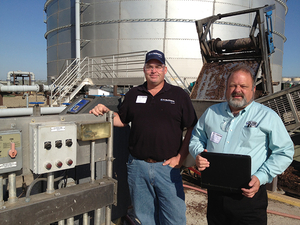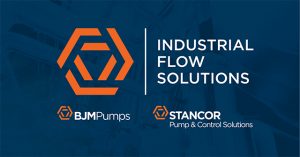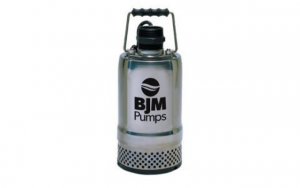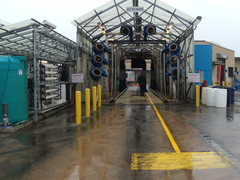Ecolab provides comprehensive solutions that maximize water and energy usage throughout an operation. In this case story, Ecolab designed and manages the wastewater treatment process for a Northern Californian vineyard producing premium varietal wines for global markets.
The Challenge
The dilemma of what to do with the waste stream created by the winemaking process is faced by every domestic vintner. Solutions are different for every one of them depending on where they are situated and the local and federal regulations for that particular location. One Californian winery, producer of premium wines, manages these important issues with keen environmental awareness. Treatment and release of wastewater had to meet their high corporate standards.
With an expanding market for its wide range of varietal wines, production at the winery had to be increased. An effective treatment process, for the wastewater generated by the plant, had to be designed. The challenge of meeting the waste stream demands, as well as maintaining optimum production at peak efficiency, fell to Jason Simpson. Jason is the Plant Manager for EcoLabs, the contractor responsible for the operation of the wastewater treatment plant at the winery.
The wastewater system was designed by Ecolabs’ subsidiary in Rochester, New York. Part of the Water, Energy and Waste Solutions division of Ecolab, Ecovation Inc. specializes in water treatment and wastewater treatment solutions to lower operating costs and raise energy efficiency. Working in concert with an engineering firm and hydraulic experts from CPE (Corrosion Products & Equipment), Ecovation designed a system which would collect the maximum output of the plant into a wet well, move the effluent to an equalization tank, through a wastewater reactor, and finally, to aerobic holding ponds. The treated wastewater would be used to irrigate the vineyard thus completing a completely “green wastewater process.”
Jake Scherer, Vice President of Sales, Pump Division of CPE coordinated the pump selection. There were numerous considerations.
Corrosion Resistance – The pumps needed to be corrosion resistant due to the acidity of the waste media.
Erosion Resistant Winery Processing Pump Station – Hard metallurgy would be needed to stand up to the course solids (stems, pits, etc.) encountered.
Non-Clog Design – As solids settle-out they would tend to clog pumping action.
Minimal Footprint and Self Priming – Using dry mount pumps would take up too much floor space and need to have reliable priming. Submersible pumps are inherently self-priming and keep cooler being submerged in the liquid.
Reliable – Positioned at the bottom of a deep sump, the pumps would cause operational delays if they needed to be continuously pulled for inspection or maintenance.
Another consideration was providing the capacity needed for year round volume fluctuation.
Vintage volume could fluctuate dramatically through the year. Daily flow through the plant could vary as much as three-fold (for example from 100,000 gallons per day off season to 300,000 gallons a day during the crushing season). As with most systems, the plant and equipment had to be sized to meet the maximum output.
Please click here for full story!




